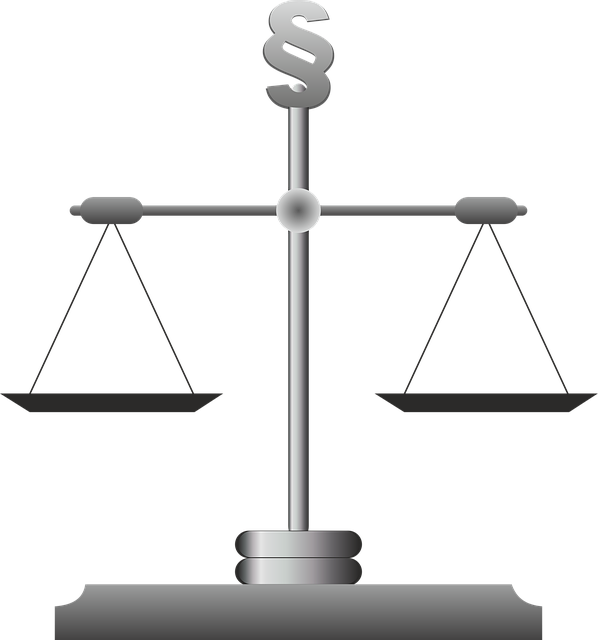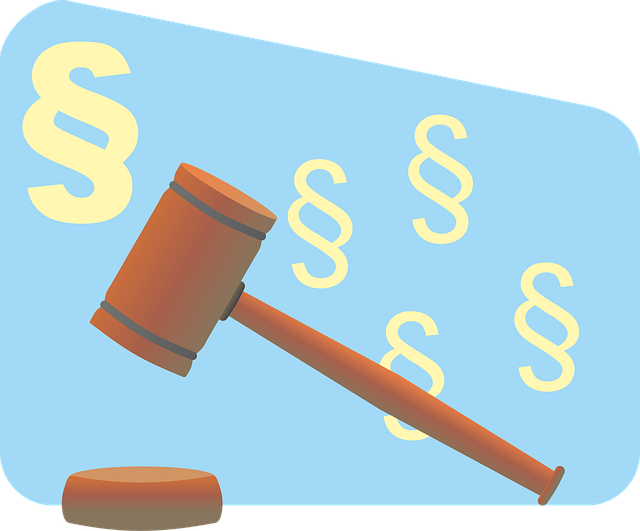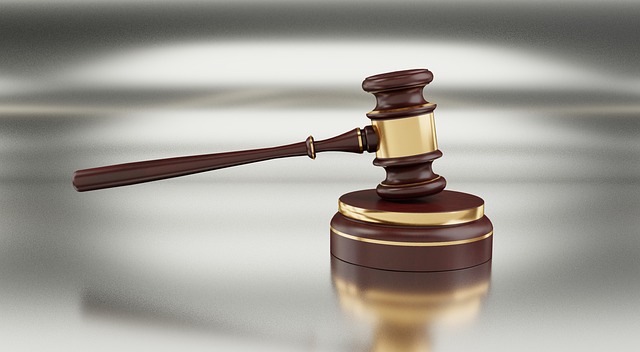Regulatory Fraud Laws are crucial in combating financial manipulations across healthcare, finance, and environmental sectors. The complex legal process involves a Criminal Procedure Timeline from Arrest to Trial, with severe penalties for offenses like white-collar crime. Understanding this timeline and having a robust defense strategy is key, focusing on evidence collection, analysis of financial records, and navigating intricate 'labyrinths' of regulatory frameworks. Legal defenses include challenging evidence admissibility and negotiating plea deals. Severe penalties include fines, imprisonment, civil lawsuits, and license revocations. Prompt legal action can mitigate these outcomes, emphasizing the importance of a well-prepared defense strategy.
Regulatory fraud laws are integral to maintaining the integrity of business practices and protecting consumers. This article delves into the intricacies of understanding these laws, exploring their definition and scope. We navigate the crucial steps in the criminal procedure timeline from arrest to initial hearing, providing insights into evidence collection and analysis during investigations. Additionally, we discuss legal defenses and strategies for accused individuals or entities, while highlighting penalties, sentencing, and post-trial consequences.
- Understanding Regulatory Fraud Laws: Definition and Scope
- The Criminal Procedure Timeline: From Arrest to Initial Hearing
- Investigating the Alleged Fraud: Evidence Collection and Analysis
- Legal Defenses and Strategies for Accused Individuals or Entities
- Penalties, Sentencing, and Post-Trial Consequences
Understanding Regulatory Fraud Laws: Definition and Scope
Regulatory Fraud Laws are designed to combat illegal activities that manipulate or deceive regulatory bodies and authorities. These laws encompass a wide range of offenses, including financial misdeeds, false statements, and concealment of material information. The scope includes various sectors such as healthcare, finance, and environmental regulations, among others. Understanding these laws is crucial for both regulators and individuals to ensure compliance and deter potential perpetrators.
The legal process surrounding regulatory fraud often involves a complex criminal procedure timeline from arrest to trial. Accused individuals face charges that can lead to severe penalties, including fines, imprisonment, or both. A robust defense strategy is essential in such cases, particularly for those accused of white-collar and economic crimes. Those with an unprecedented track record in handling similar cases can offer valuable insights and a stronger chance of navigating this intricate legal landscape successfully.
The Criminal Procedure Timeline: From Arrest to Initial Hearing
After a person is arrested on suspicion of committing a fraud-related offense, the criminal procedure timeline begins. The initial stages are crucial as they set the stage for the entire legal process. During this period, the accused individual is typically read their Miranda rights, ensuring they understand their legal protections. From here, the case proceeds at a rapid pace.
Within 24 to 48 hours, an arrestee must be brought before a magistrate judge for an initial hearing. This is where the court determines if there’s probable cause to hold the defendant. The judge also sets bail, ensuring the accused appears at future court appearances. From arrest to this initial hearing, the process aims to balance the need for swift action against the right to due process, with every step carefully documented and recorded across the country, as these proceedings are often a pivotal part of building a case for both prosecution and defense, ultimately leading up to potential jury trials.
Investigating the Alleged Fraud: Evidence Collection and Analysis
When investigating allegations of regulatory fraud, a meticulous approach to evidence collection and analysis is paramount. The process begins with a thorough review of relevant documents and financial records, which often reveal discrepancies that may point to fraudulent activities. Law enforcement agencies employ specialized forensic accounting techniques to uncover hidden assets and trace illicit transactions, utilizing advanced data analytics tools for efficient and accurate results. This phase demands a deep understanding of both the regulatory framework and complex financial structures, as white-collar and economic crimes can be intricate labyrinths.
The criminal procedure timeline from arrest to trial is a critical component in fraud cases. Every step, from initial investigations to gathering witnesses and preparing legal arguments, must be executed with precision. Achieving extraordinary results often lies in presenting a compelling narrative that connects the dots between seemingly unrelated pieces of evidence. Skilled lawyers specialize in navigating these complex matters, ensuring their clients receive fair trials and, where appropriate, winning challenging defense verdicts.
Legal Defenses and Strategies for Accused Individuals or Entities
When facing regulatory fraud accusations, individuals and entities have legal defenses and strategies at their disposal to navigate the complex criminal procedure timeline from arrest to trial. One common approach is challenging the admissibility of evidence, ensuring that any information used against them was obtained legally. This often involves scrutinizing search warrants and questioning the method of data collection to avoid a violation of Fourth Amendment rights.
Another strategy is raising doubts about the intent or knowledge required for the fraud to be proven. White-collar defense attorneys may argue that their clients acted in good faith, lacked the necessary knowledge, or were unaware of the illegal nature of their actions. Additionally, accused parties can explore options like negotiating plea deals, which might include avoiding indictment and potentially reducing charges, providing a more favorable outcome compared to the outcome of jury trials.
Penalties, Sentencing, and Post-Trial Consequences
In the event of a conviction for regulatory fraud, individuals and entities can expect severe penalties. These often include substantial fines, which can amount to millions or even tens of millions of dollars, depending on the scale of the fraudulent activity. Additionally, sentencing may involve imprisonment, with terms varying based on the specifics of the crime and the defendant’s prior criminal history. The Criminal Procedure Timeline from Arrest to Trial plays a crucial role in determining these outcomes; prompt legal action can help navigate this process effectively.
Post-trial consequences are equally significant. Besides any financial penalties or prison sentences, individuals found guilty of regulatory fraud may face additional civil liabilities, such as lawsuits from affected parties. Their professional licenses could be revoked, impacting their future ability to operate in regulated sectors. Achieving extraordinary results in these cases often requires a robust general criminal defense strategy tailored to the unique circumstances of each case. A complete dismissal of all charges is a potential outcome, but it demands meticulous planning and execution throughout the Criminal Procedure Timeline.
Regulatory fraud laws play a pivotal role in upholding integrity within various industries. Understanding these laws, as outlined in this article, is essential for both regulatory bodies and individuals to ensure compliance. The process, from arrest to trial through the criminal procedure timeline, emphasizes the importance of meticulous evidence collection and analysis. Accused entities or individuals must be aware of their legal defenses and the potential penalties, sentencing, and post-trial consequences. By navigating these complexities, we can foster a more transparent and trustworthy business environment.






